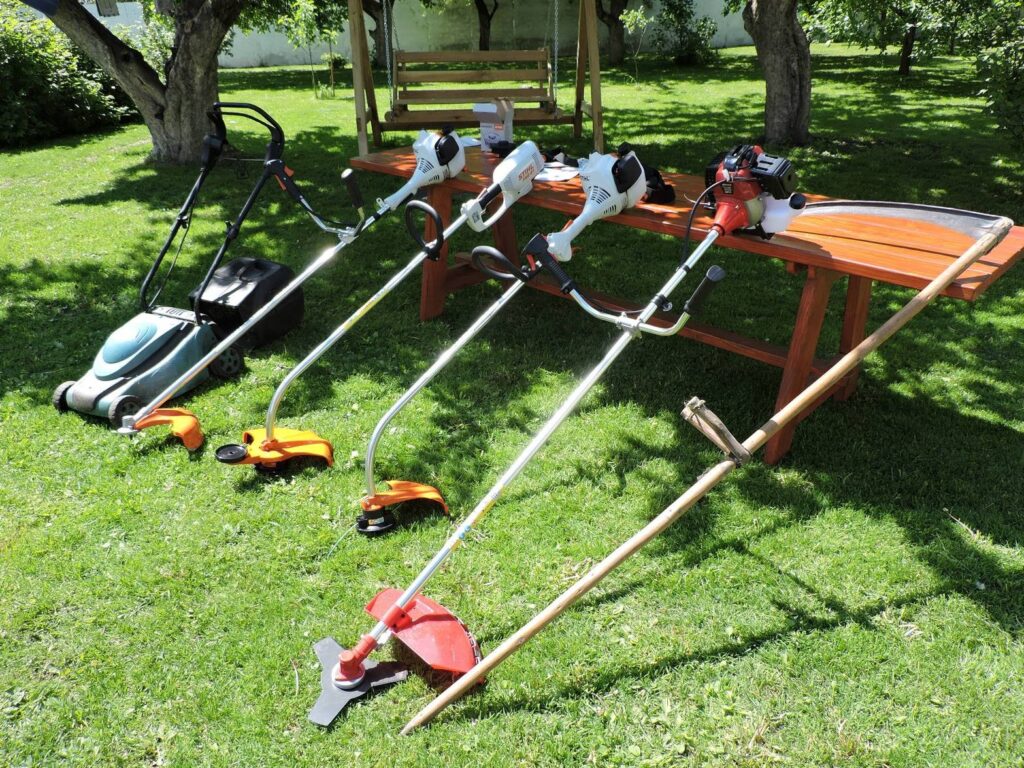Sustainable Innovations in Outdoor Power Equipment Manufacturing
Introduction
As climate change and environmental concerns gain global attention, industries are embracing sustainable practices to reduce their carbon footprint. One sector making significant strides in eco-friendly innovation is the outdoor power equipment (OPE) manufacturing industry. From electric lawn mowers to solar-powered tools, manufacturers are rethinking their processes and products to align with sustainability goals.
This article explores the cutting-edge sustainable innovations transforming outdoor power equipment manufacturing, shedding light on how companies are reducing emissions, conserving resources, and promoting eco-conscious alternatives.
1. Transition to Electric and Battery-Powered Equipment
According to a Outdoor Power Equipment Market report, the industry is expected to grow significantly in the coming years.
One of the most impactful shifts in OPE manufacturing has been the transition from gasoline-powered machinery to electric and battery-operated alternatives. Traditional gas-powered lawn mowers, leaf blowers, and chainsaws contribute significantly to air pollution due to their inefficient combustion engines. In fact, the California Air Resources Board reported that operating a gas-powered lawn mower for one hour produces as much smog-forming pollution as driving a car for 300 miles.
Manufacturers like Greenworks, EGO, and Ryobi are leading the way by developing high-performance battery-powered tools that rival their gas-powered counterparts. These innovations offer several benefits:
Zero emissions: Battery-powered equipment eliminates exhaust emissions, reducing air pollution.
Noise reduction: Electric motors operate more quietly, minimizing noise pollution in residential areas.
Lower maintenance: Fewer moving parts mean less frequent servicing and lower long-term costs.
2. Renewable Energy Integration in Manufacturing
Sustainability isn’t just about the end product; it also extends to the manufacturing processes. Several OPE manufacturers are investing in renewable energy sources to power their factories and production lines.
For example, Husqvarna Group has committed to using 100% renewable electricity in its operations by 2030. Solar panels, wind turbines, and geothermal energy are being integrated into their production facilities, drastically cutting down on greenhouse gas emissions.
Additionally, companies are adopting energy-efficient machinery, smart lighting systems, and heat recovery technologies to further reduce their carbon footprint during manufacturing.
3. Sustainable Materials and Eco-Friendly Design
Another crucial innovation lies in the use of sustainable materials and eco-friendly design principles. OPE manufacturers are exploring alternatives to conventional plastics and metals, such as:
Recycled plastics: Companies like STIHL are incorporating recycled polymers into their equipment casing and components.
Biodegradable lubricants: Environmentally safe oils and greases help reduce soil and water contamination.
Lightweight composites: Advanced materials reduce the overall weight of equipment, improving efficiency and lowering transportation emissions.
Eco-friendly design also extends to modular and repairable products. By creating equipment with interchangeable parts, manufacturers enable users to repair instead of replace, thus reducing waste.
4. Smart Technology for Efficiency
The integration of smart technology into OPE is another game-changer. IoT-enabled devices and AI-powered systems allow users to optimize their energy usage, extend battery life, and reduce unnecessary emissions.
Automated robotic mowers: Brands like Robomow and Husqvarna have developed AI-driven robotic lawn mowers that use GPS mapping to cut grass efficiently without wasting energy.
Smart battery management: Advanced battery management systems (BMS) monitor charging cycles, ensuring batteries last longer and require fewer replacements.
Real-time data analytics: Users can track their en
Overview
- Condition: New





